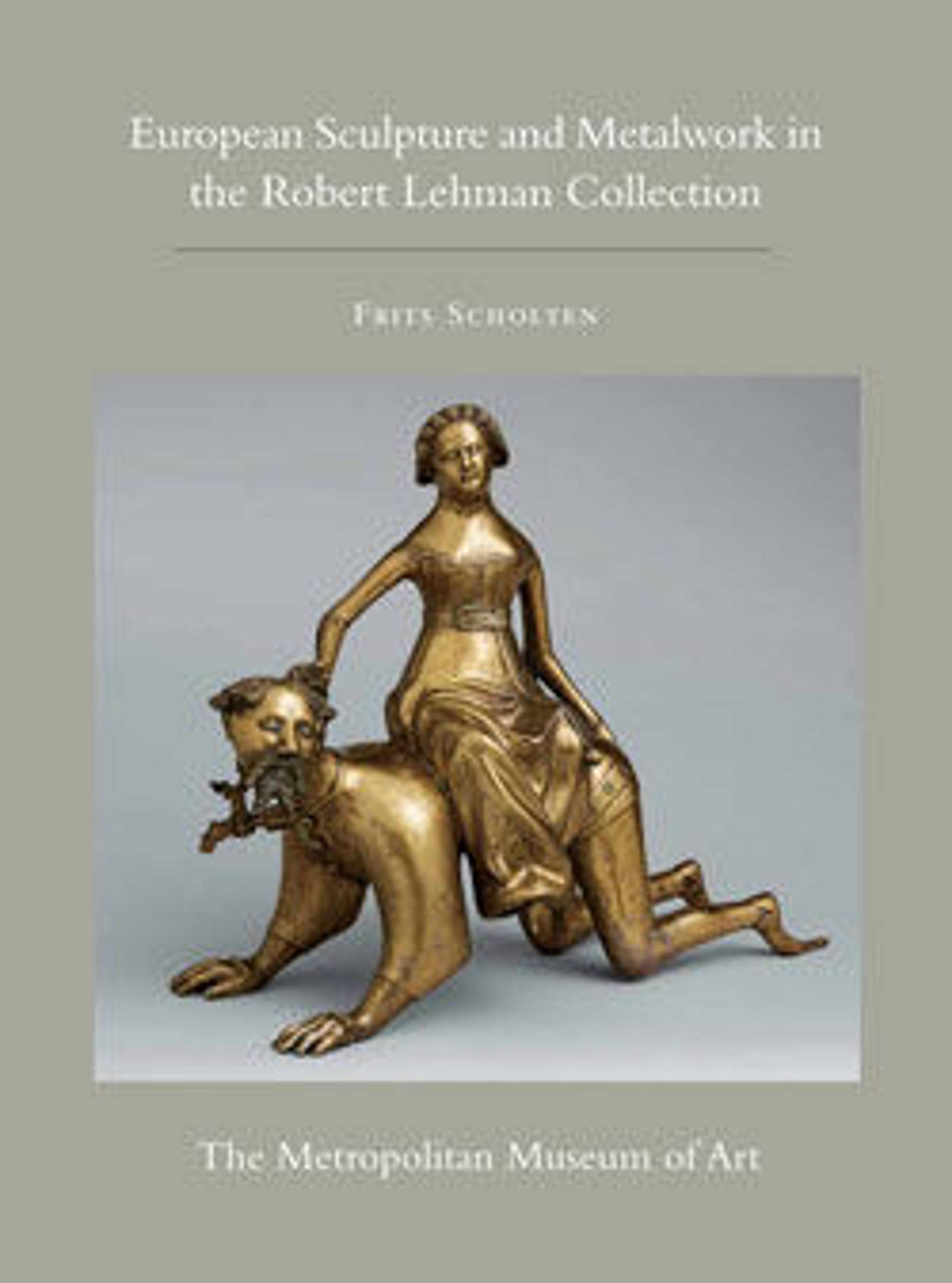Tabernacle Polyptych with the Madonna and Child and Scenes from the Life of Christ
The use of folding shrines in private devotion requires the participation of their owners, who must open the wings in order to contemplate the images. Here, the form is essentially French, but the weightier proportions and architectural elements are more characteristic of northern Spain.
Artwork Details
- Title: Tabernacle Polyptych with the Madonna and Child and Scenes from the Life of Christ
- Date: ca. 1275–1300
- Culture: Northern France (?)
- Medium: Ivory with traces of original gilding and polychromy; silver hinges.
- Dimensions: H. 9.7 cm, w. 13.1 cm (with open wings).
- Classification: Ivories
- Credit Line: Robert Lehman Collection, 1975
- Object Number: 1975.1.1553
- Curatorial Department: The Robert Lehman Collection
More Artwork
Research Resources
The Met provides unparalleled resources for research and welcomes an international community of students and scholars. The Met's Open Access API is where creators and researchers can connect to the The Met collection. Open Access data and public domain images are available for unrestricted commercial and noncommercial use without permission or fee.
To request images under copyright and other restrictions, please use this Image Request form.
Feedback
We continue to research and examine historical and cultural context for objects in The Met collection. If you have comments or questions about this object record, please contact us using the form below. The Museum looks forward to receiving your comments.
